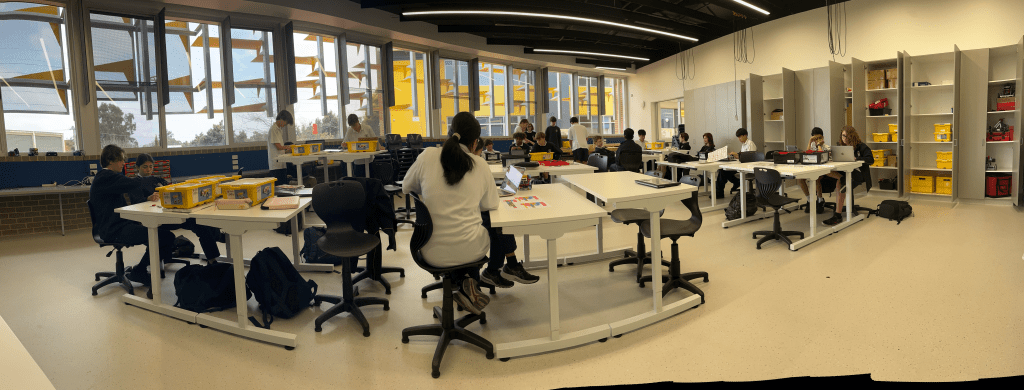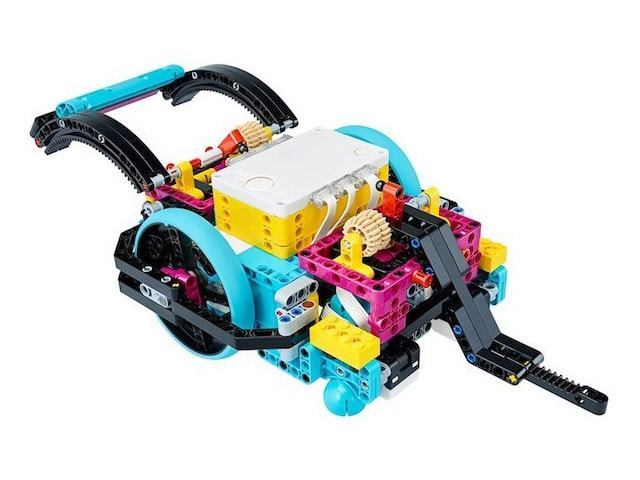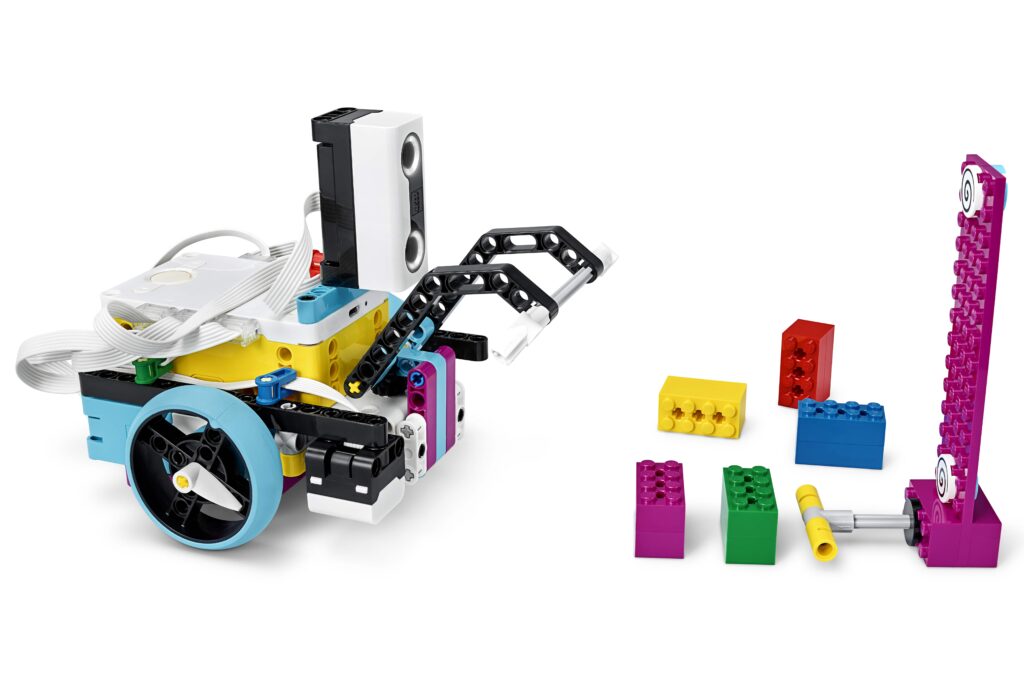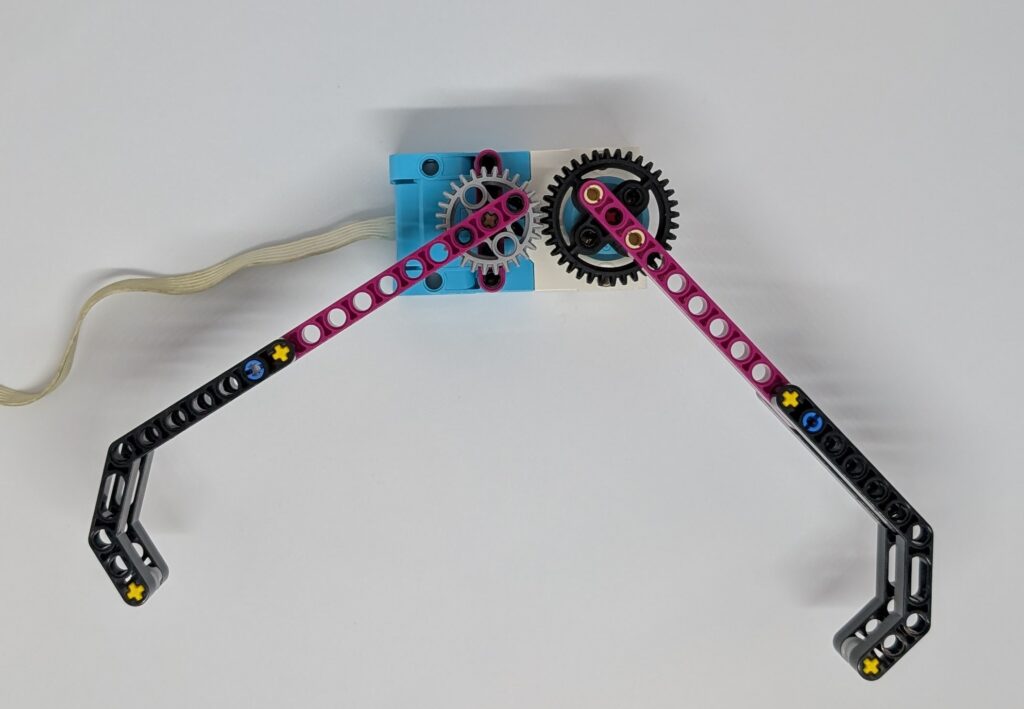
Why Robotics and Integrated Technologies?
Teaching robotics in high school offers a multitude of benefits, providing students with valuable skills that are applicable across various fields. Firstly, robotics education fosters critical thinking and problem-solving abilities. As students engage in designing, building, and programming robots, they learn to approach complex problems methodically, break them down into manageable parts, and devise innovative solutions. This hands-on, experiential learning helps students develop a mindset geared towards tackling challenges, a skill set that is highly valuable in any career path.
Secondly, robotics integrates multiple disciplines, offering a comprehensive educational experience. It combines elements of science, technology, engineering, and mathematics (STEM) with practical applications. This interdisciplinary approach not only reinforces concepts learned in traditional subjects but also demonstrates their real-world relevance. Students see firsthand how mathematical theories, engineering principles, and programming skills come together in the creation of functional robots, making learning more engaging and meaningful.
Lastly, teaching robotics prepares students for the future job market. As automation and artificial intelligence continue to advance, the demand for skilled professionals in robotics and related fields is rapidly growing. By introducing students to robotics at an early age, schools equip them with foundational knowledge and skills that are increasingly sought after by employers. This early exposure can inspire students to pursue further education and careers in STEM fields, helping to close the skills gap and drive innovation in technology-driven industries.
FUTURE SKILLS
- CREATIVE
- COLLABORATIVE
- HIGH LEVEL COMMUNICATOR
- INNOVATIVE
- COMPLEX PROBLEM SOLVER
Syllabus Content Overview:
- Investigate a problem for a given need or opportunity
- Break down a given design brief, identifying and defining the purpose and competing considerations
- Develop a design brief for a solution based on end user needs
- Investigate a range of technologies, resources and/or components to develop ideas and solutions, with consideration of constraints
- Design processes and solutions using a range of technologies, techniques, and appropriate technical terms
- Select, implement and test a range of technologies, techniques, and processes, to produce designed solutions and/or prototypes
- Plan, develop and communicate, using project management processes, considering time, resources and costs to achieve solutions
- Design algorithms involving nested control structures and represent them using flowcharts and pseudocode
- Trace algorithms to predict output for a given input and to identify and fix errors
- Implement, modify and debug programs involving control structures in a general-purpose programming language
- Role of hardware and software to manage, control and secure the movement of data in a digital system
- The effect of hardware specifications on performance and the appropriateness of hardware for particular tasks
Spike Lego Robotics
In this Challenge you will build the following robotsHooperDriving AroundSumo Bot
SPIKE Challenges – Level 2
SPIKE – Level 2
SPIKE Challenges – Level 1
SPIKE – Level 1
Revision Skills – Collecting Objects
Once you have finished coding your robot it should be able to move forward, stop…
Return Home
Pick up the Can
Do you need a HINT?


